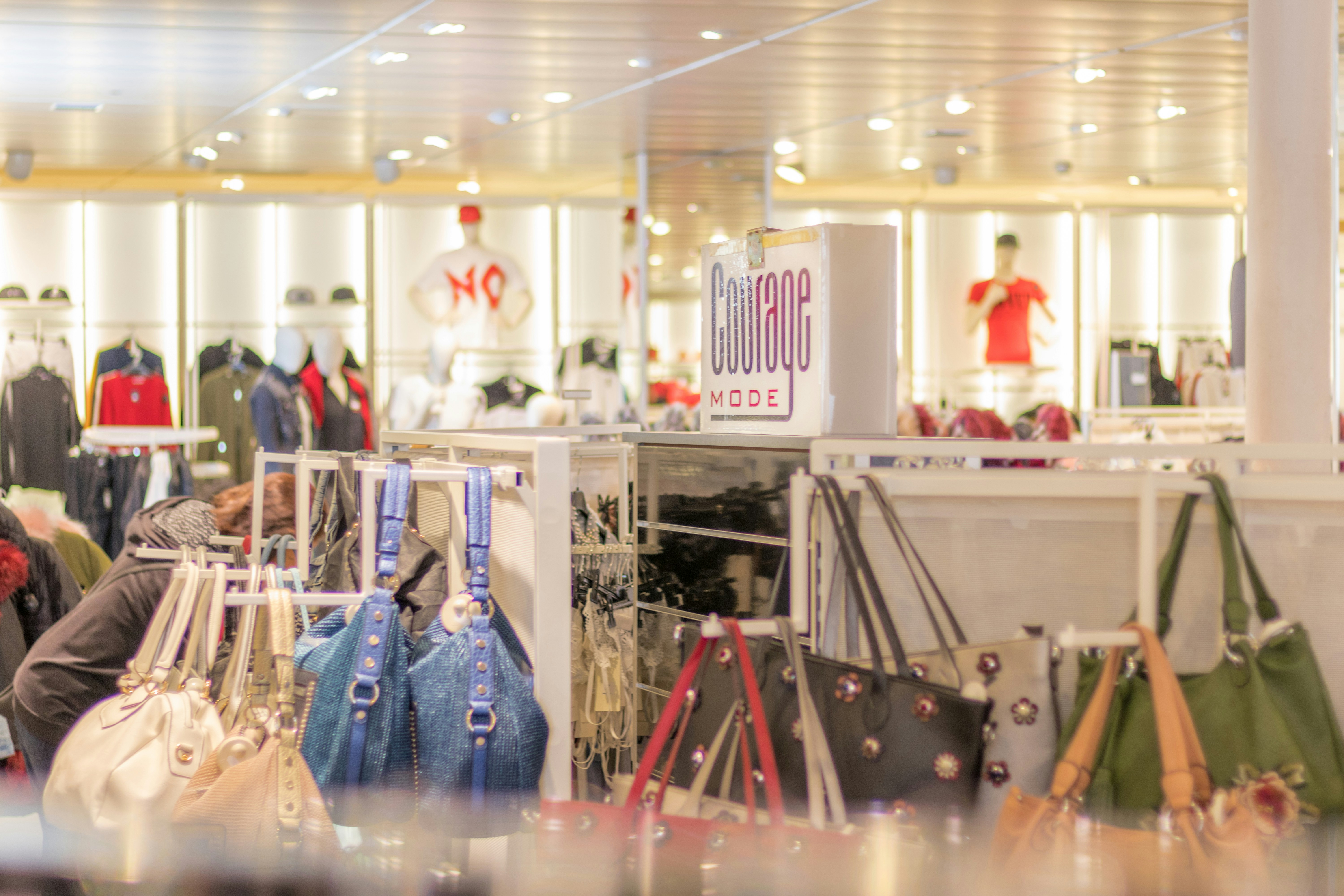

The industry is responsible for 8–10% of global CO₂ emissions, more than aviation and shipping combined. Fashion produces 92 million tonnes of textile waste each year, the weight of 2,000 Titanics or 20 pairs of jeans for every person on Earth. Yet less than 1% is recycled into new garments.
The materials used and methods of production are also highly taxing. Polyester, now more than half of the global fibre production, sheds around 500,000 tonnes of microplastics annually, the equivalent of 5,000 blue whales entering the ocean. Textile dyeing accounts for 20% of global wastewater, often containing carcinogenic substances such as azo dyes, with surrounding communities exposed to long-term health risks (WHO). In Bangladesh, 72% of surveyed factory workers reported skin or respiratory problems linked to daily exposure to dyes and finishing chemicals (Greenpeace).
As such, the journey and impact of a garment extends far beyond the clothing store, with around 90% of a brand’s footprint embedded in its supply chain (Scope 3). Globalised and outsourced production means cotton might be cultivated in India, processed and manufactured in China, and sold in Europe, with each stage adding emissions and resource intensity.
These supply chain emissions are the most challenging to track, for structural reasons:
• Multi-tier supplier networks with limited transparency
• Outsourced production across countries with differing standards
• Inconsistent reporting and missing primary data
• Seasonal cycles and demand variability
For industry leaders, Scope 3 represents both the largest risk and the greatest opportunity: it is where most emissions reside, and where meaningful reductions must begin.
Several forces are converging to make Scope 3 disclosure and reduction unavoidable.
In short, Scope 3 emissions are not only a reporting requirement but a central business risk. They affect compliance, investor confidence, competitiveness, and long-term resilience.
Addressing Scope 3 requires structure, recognised standards, and targeted interventions that address the most material drivers of emissions in fashion supply chains.
The starting point is measurement. The GHG Protocol Corporate Value Chain (Scope 3) Standard, provides the methodology for quantifying emissions across 15 categories. For fashion, the most material are purchased goods and services, upstream logistics, and end-of-life disposal. Aligning with this framework not only produces comparable data but also creates assurance-ready reporting systems that investors and regulators expect.
Purchased goods alone can represent up to 80% of a brand’s Scope 3 emissions (Quantis, 2018). This is because textiles and trims concentrate carbon at the material stage:
In practice, once a material is chosen, much of the garment’s footprint is already “locked in.” This is why actions such as substituting recycled polyester, sourcing from renewable-powered mills, or designing for circularity deliver far greater impact than marginal gains in retail operations, like improving store lights.
Measurement without accountability risks credibility. The Science Based Targets initiative (SBTi) now requires companies to include Scope 3 if it accounts for more than 40% of their footprint, a threshold all major apparel companies exceed. More than 180 apparel and footwear companies have committed to SBTi targets, including Burberry, which aims to cut absolute Scope 3 emissions by 46% by 2030 across raw materials, processing, and logistics. Independent verification ensures that such commitments align with a 1.5°C pathway, protecting companies from reputational and regulatory risk.
Supply chain engagement is the single most effective intervention, but it requires systems that can scale across thousands of suppliers.
A successful Scope 3 strategy builds transparency layer by layer:
These examples prove that emissions reductions are commercially viable and can enhance brand value when communicated with integrity.
At NeuerEnergy, our platforms support fashion brands in this journey by enabling full Scope 1–3 reporting, decarbonisation planning, and supplier-level baselining.
Scope 3 emissions represent fashion’s greatest sustainability challenge: they are the largest source of environmental impact, the most complex to measure, and the most material to regulators, investors, and consumers. But they are also where the most meaningful progress can be made.
The cost of action is much lower than the cost of inaction, and leaders who act now will set the pace for the decade ahead. Those who establish robust data systems, align with recognised standards, and invest in supplier engagement now will be better positioned to comply with new regulation, maintain investor confidence, and strengthen their resilience in an increasingly demanding market.